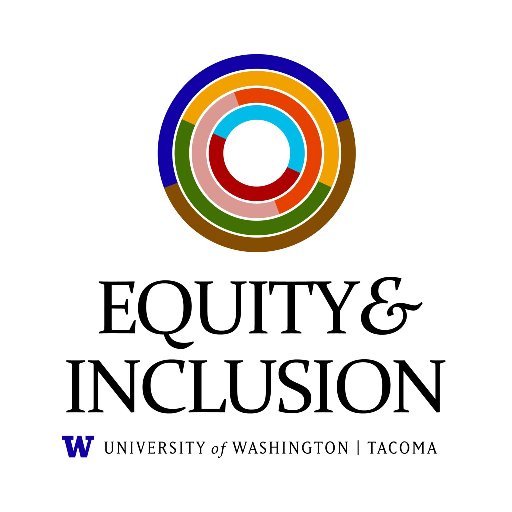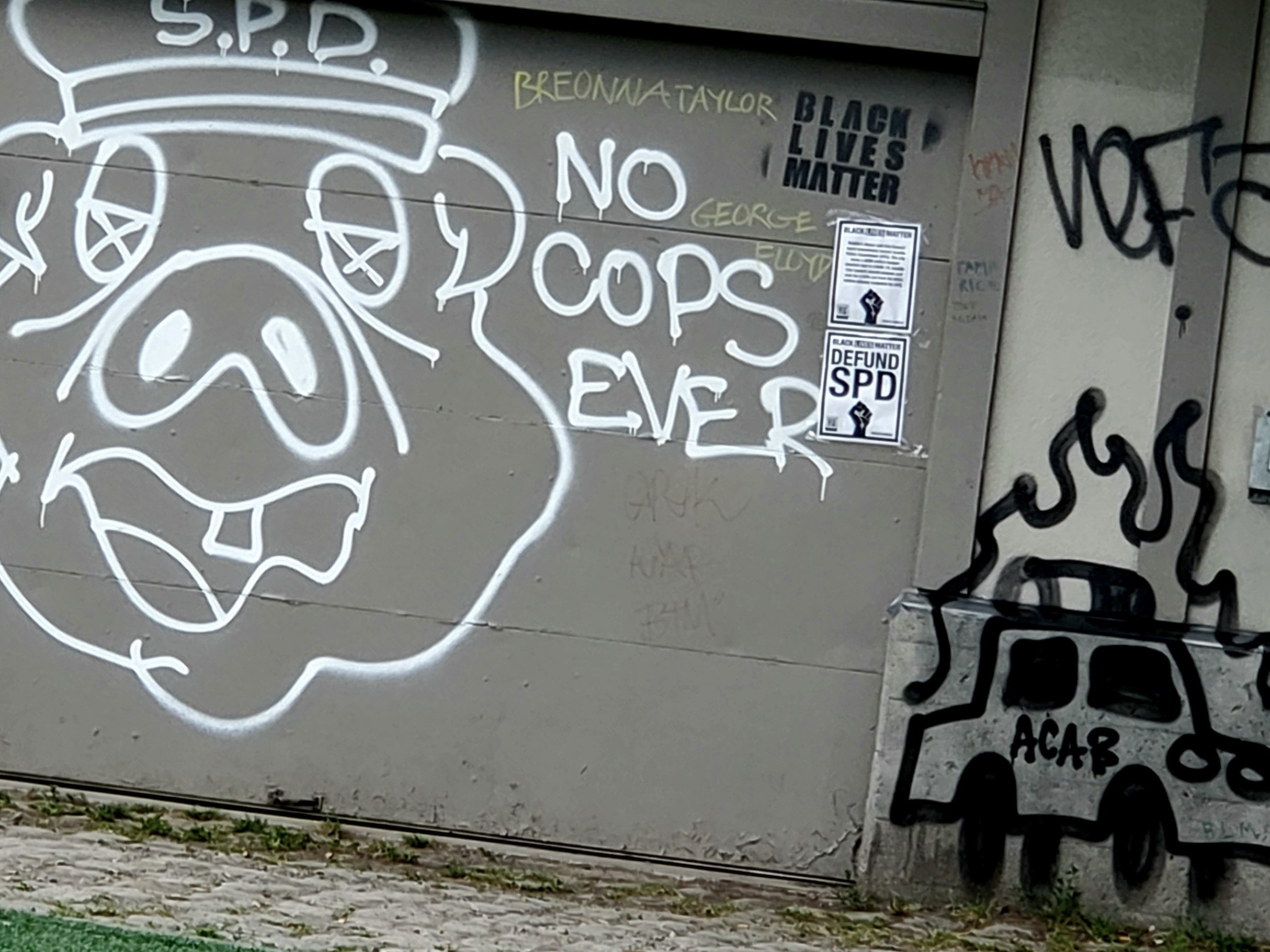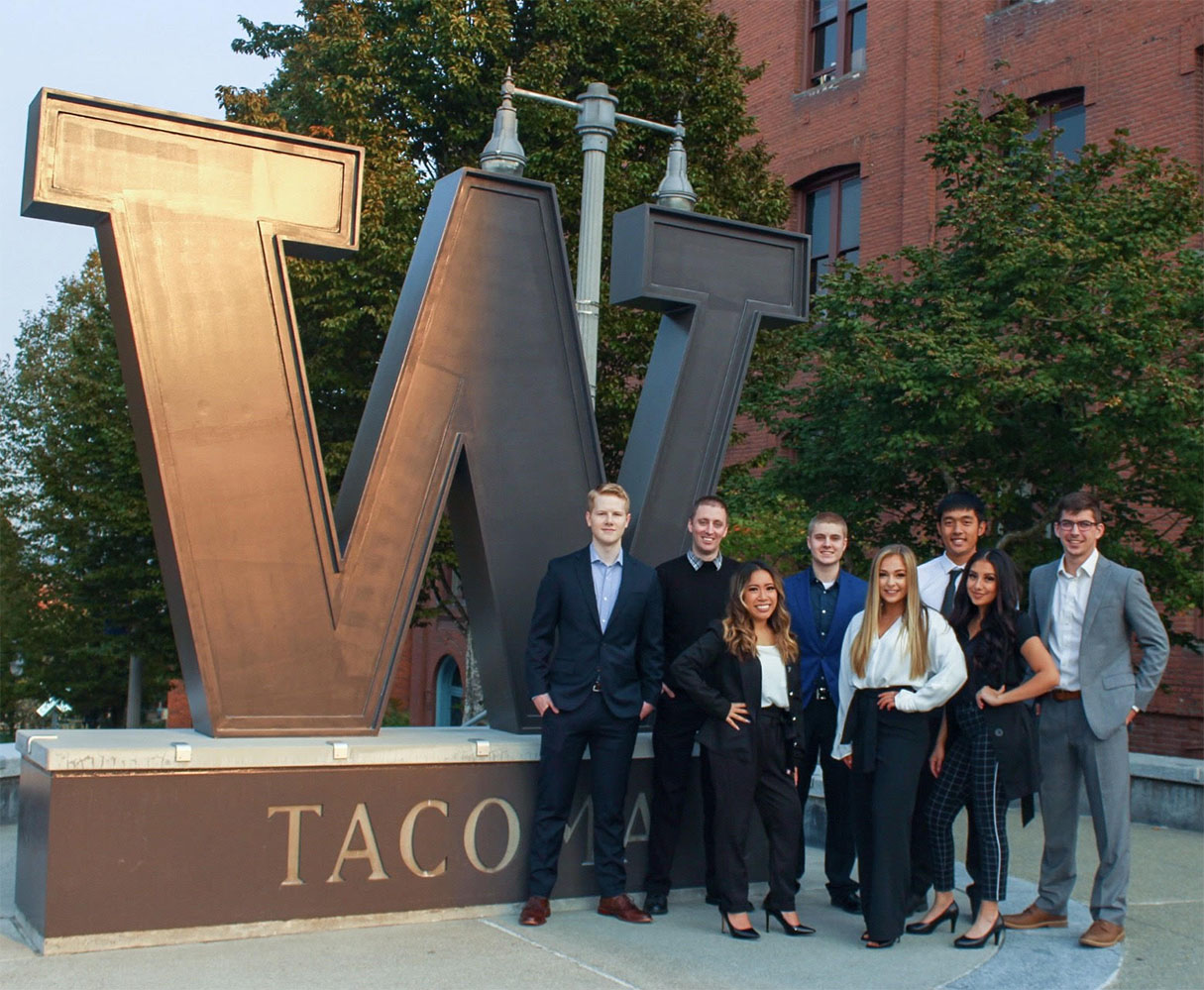Community healing
The community at UWT gathers to work through collective trauma, fear and concern over political turmoil.
This week, the Ledger sat down with Tanya Valasquez, a professor of sociology, and Paolo Laraño, a psychologist here at UW Tacoma, about the virtual healing session they hosted in wake of the capital riot. We discussed the need for spaces on campus for healing and group discussion, as well as how identity markers can help to make themselves present in therapy.
Valasquez and Laraño had hoped that this event could be a place for folks to discuss and share their experiences about something extremely distressing for many.
“Why it was incredibly important for the CEI is that that moment, the insurrection, clearly had racial overtones. And for our students of color, black and Indigenous, and our white allies, it was really painful to see our fellow Americans flying the confederate flag and wearing shirts that reflected the views of nazis … It is very upsetting to see those things on national television, let alone in person,” Valasquez said.
Many students were also looking for a place to process what exactly they had seen.
“ … even though they have language about how it’s affecting their mental and emotional health, they may not have the space to process all that, because in class they feel they are in too academic a setting and at home they don’t feel they can process things mentally or emotionally as openly,” Laraño explained.
They felt there needed to be a response to the emotions many felt after the last few months, which seemed to peak with the storming of the capitol building. Students were looking for a way to process and understand what was happening.
“[Many students] were having conflict in their homes with family members who maybe have different perspectives, which is understandable, but they wanted to hear from staff and faculty because for them this is quite new, for those of us who are a little older, because we do understand what makes this so historic, what this means in context of other national issues through a political lens and an economic and a social lens what have you,” Valasquez explained.
Many students found themselves needing to work through emotions that, while potentially catalyzed by the capital, had longer running causes.
“The conversations did center around the event in many ways … but a big part of it was recognizing a lot of the conversation was based on things we discuss in regards to mental health, managing conflict with family, setting boundaries and working around a lack of conclusion,” Laraño said.
Laraño said this is because many of these stressors are interconnected. Political trauma interconnects with one’s mental health and interpersonal trauma.
“I’ve had multiple students come in and ask ‘Can I talk about race? Can I talk about other things in therapy?’ and I say ‘of course’ and sometimes that can seem like a separate thing,” Laraño said. “We have plenty of students who are very educated on these things and others of varying levels and they know things and they have opinions … What I’ve seen is that whenever things like this happen a lot of the things students want to process are similar things that come up when we talk about mental health.”



